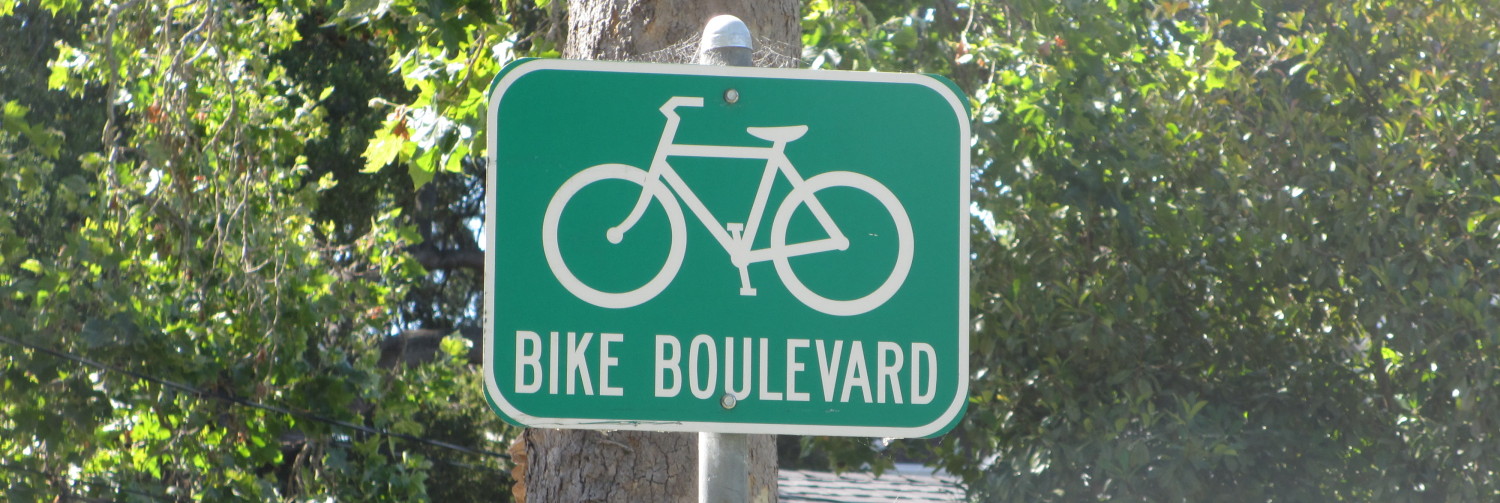
Seeing Seattle (xi) sidewalks you’ll never see in Ottawa
the photo shows a generously wide sidewalk, interlock retaining wall, nice mulched bit of planting between the walkway and the road. Notice too how some surface treatment (sandblasting?) gave it an interesting pattern and texture. But there is something here that is extraordinary. there’s a pretty ordinary bike lane on the adjacent road. and a spot where the bike lane turns onto a bike path, crossing our sidewalk first. I;m not so sure I like the post, but it probably keeps motorists out. No, what is special can be seen in this picture: Look very carefully. Look at the left … Continue reading Seeing Seattle (xi) sidewalks you’ll never see in Ottawa
























